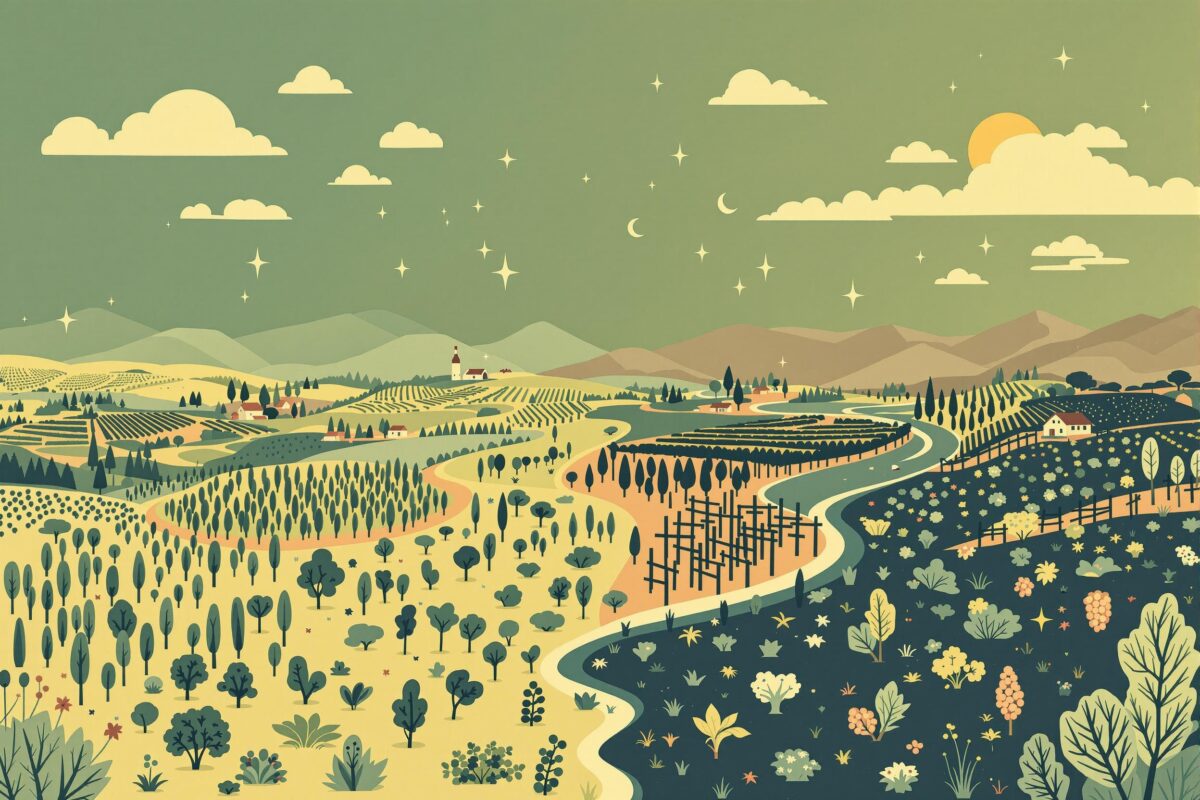Climate’s Impact on Wine Regions
The world of wine, steeped in tradition, faces a dramatic shift. Climate change isn’t a distant threat; it’s actively redrawing the map of winegrowing regions worldwide. How? Shifting temperatures and unpredictable weather are reshaping viticulture, influencing grape varieties, and demanding adaptation. From established vineyards facing unprecedented extremes to emerging regions with newfound potential, climate change is redefining wine’s future. Let’s explore this evolving landscape—the challenges and the innovative responses shaping the wines of tomorrow.
Trend Spotting: Shifting Patterns and Data Insights
Modern viticulture increasingly relies on data. Precision agriculture, using sensors, weather stations, and data platforms, allows growers to monitor vineyard conditions in real time. This data informs crucial decisions, from irrigation to harvest timing, maximizing quality and yield in a changing climate. Imagine a vineyard where every vine’s needs are met instantly. Data makes this possible. Furthermore, analyzing long-term climate data reveals trends impacting established regions. Rising temperatures accelerate ripening, affecting sugar and acid balance in grapes. Shifting rainfall, including increased droughts, poses challenges for water management. The question is: how can data help vineyards adapt to these changes?
Unpacking Challenges: Droughts, Heatwaves, and Traditional Vines
Water scarcity is a growing concern. Higher temperatures and unpredictable rainfall exacerbate drought conditions. In 2023, extreme droughts reduced some regional harvests by over 45%, highlighting the impact of water stress. Sustainable irrigation and drought-resistant grapes are crucial for survival. But what about the vines themselves? Heatwaves pose immediate threats. Excessive heat can damage fruit, disrupt ripening, and degrade wine quality. Traditional varieties struggle under these conditions. Choosing climate-appropriate grapes becomes paramount.
And the economic impact? Reduced yields, higher costs for water and pest management, and investments in adaptation infrastructure strain wineries, particularly smaller producers. Climate change affects the entire economic sustainability of wine regions.
Resilience in Focus: Forward-Thinking Practices and Technologies
Sustainable practices are key for long-term resilience. Improved soil health through cover cropping and organic farming improves water retention and reduces erosion. Did you know that healthy soil can actually improve wine quality? Technology also plays a vital role. Precision irrigation minimizes water use, while advanced weather forecasting helps growers anticipate extreme events. Drones and remote sensing provide real-time data, enabling targeted interventions.
Beyond technology, adapting grape varieties is essential. Exploring varieties suited to warmer, drier climates, including heritage and new hybrids, offers a sustainable path. Imagine tasting wines from grapes specifically bred for a warmer world.
Interactive Comparisons: Old vs. New Regions Visualized
Established regions like parts of Southern Europe and California face mounting challenges. Rising temperatures and droughts are changing the character of their wines and threatening yields. These regions are adapting, but the climate shift demands systemic change. They might even need to switch to more heat-tolerant grapes. On the other hand, regions in Northern Europe, parts of North America, and higher altitudes see new opportunities. Improved growing conditions enable quality wine production in areas previously unsuitable. Think of the burgeoning Scandinavian wine industry! These emerging regions bring fresh perspectives and diverse wines to the market.
From Theory to Practice: Expert Tips for Growers
What can growers do? Implement water-efficient irrigation, like drip irrigation, and improve soil health for better water retention. Explore drought-tolerant rootstocks and grapes. Manage vineyard canopies for shade and heat reduction, adjusting row orientation and pruning strategies.
Diversify grape varieties, embrace technology, and adopt data-driven decisions. Collaboration is also crucial. Sharing knowledge and best practices across the industry will help everyone adapt.
Climate change is reshaping the world of wine. From exploring new regions to adopting innovative practices, adaptation is key. Growers face challenges but also uncover exciting opportunities. Explore diverse wines that tell stories of resilience and innovation in a changing climate.
